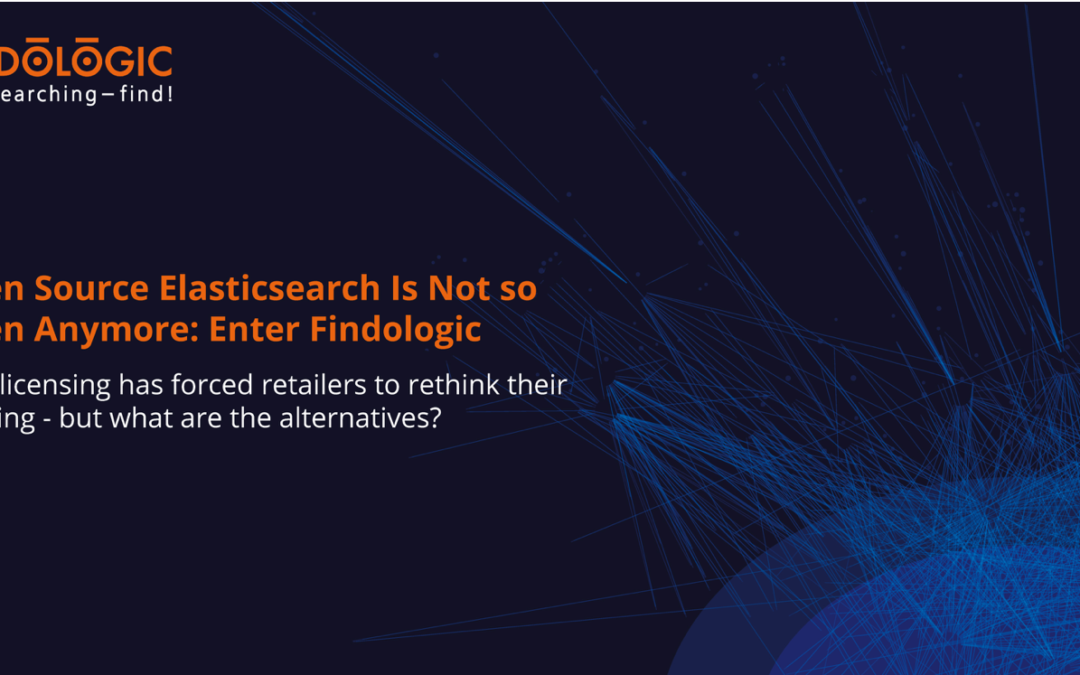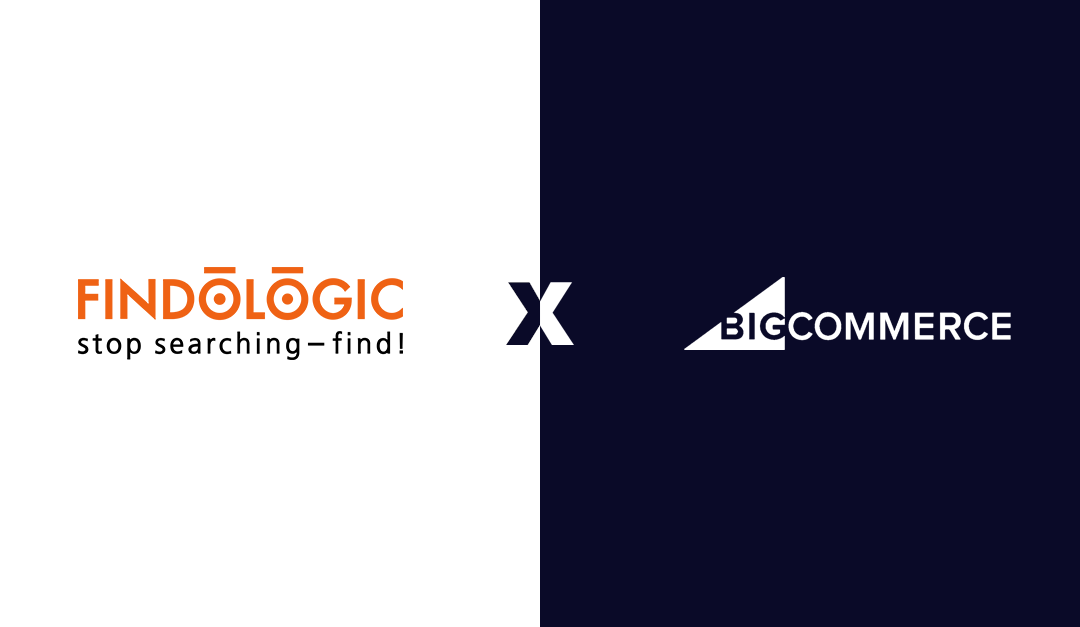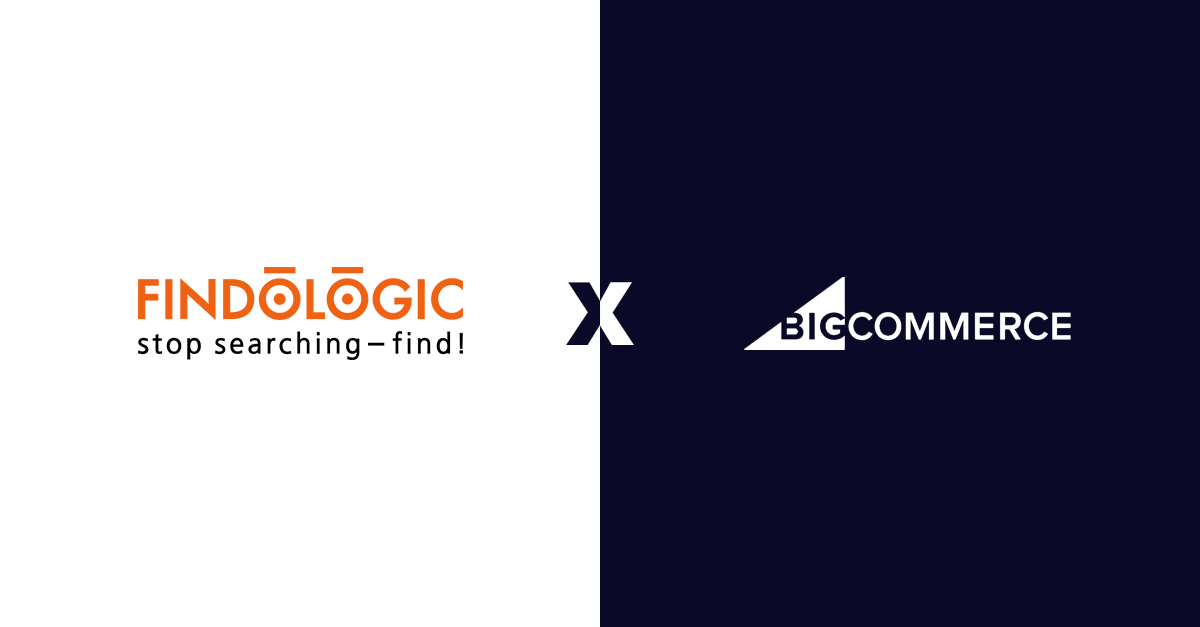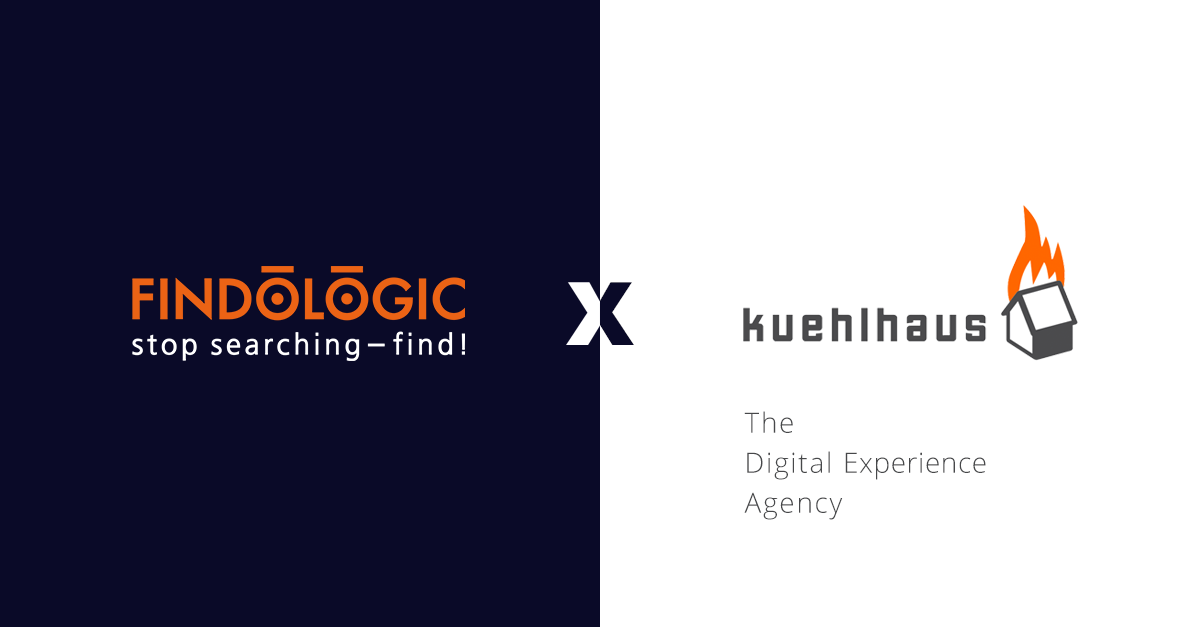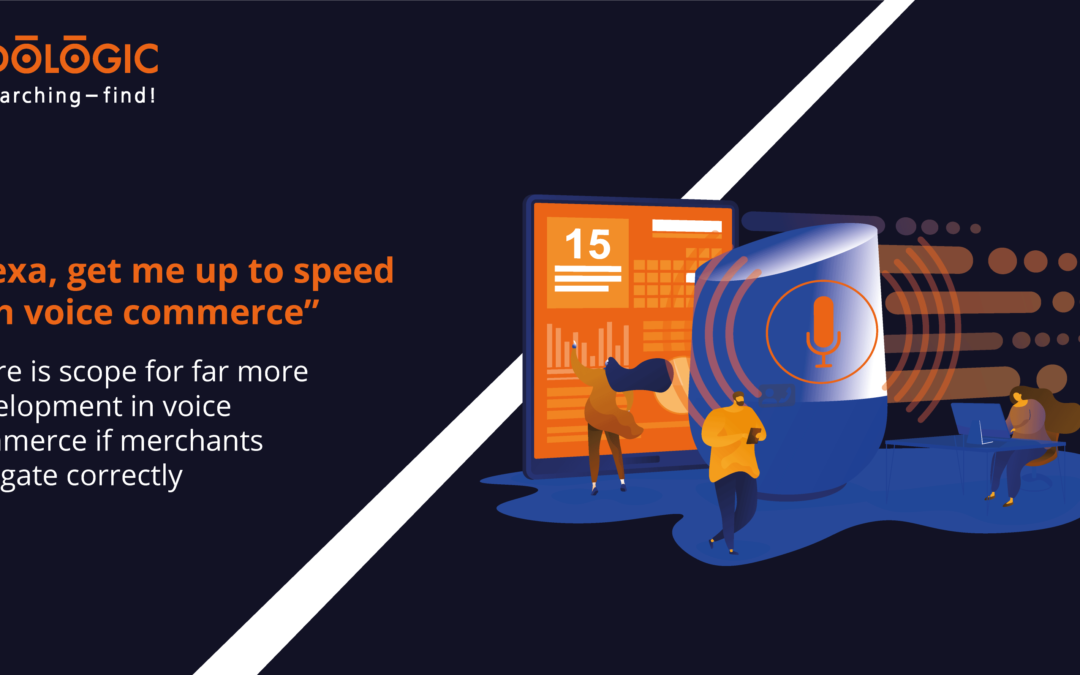
“Alexa, get me up to speed with voice commerce”

“Alexa, get me up to speed with voice commerce”
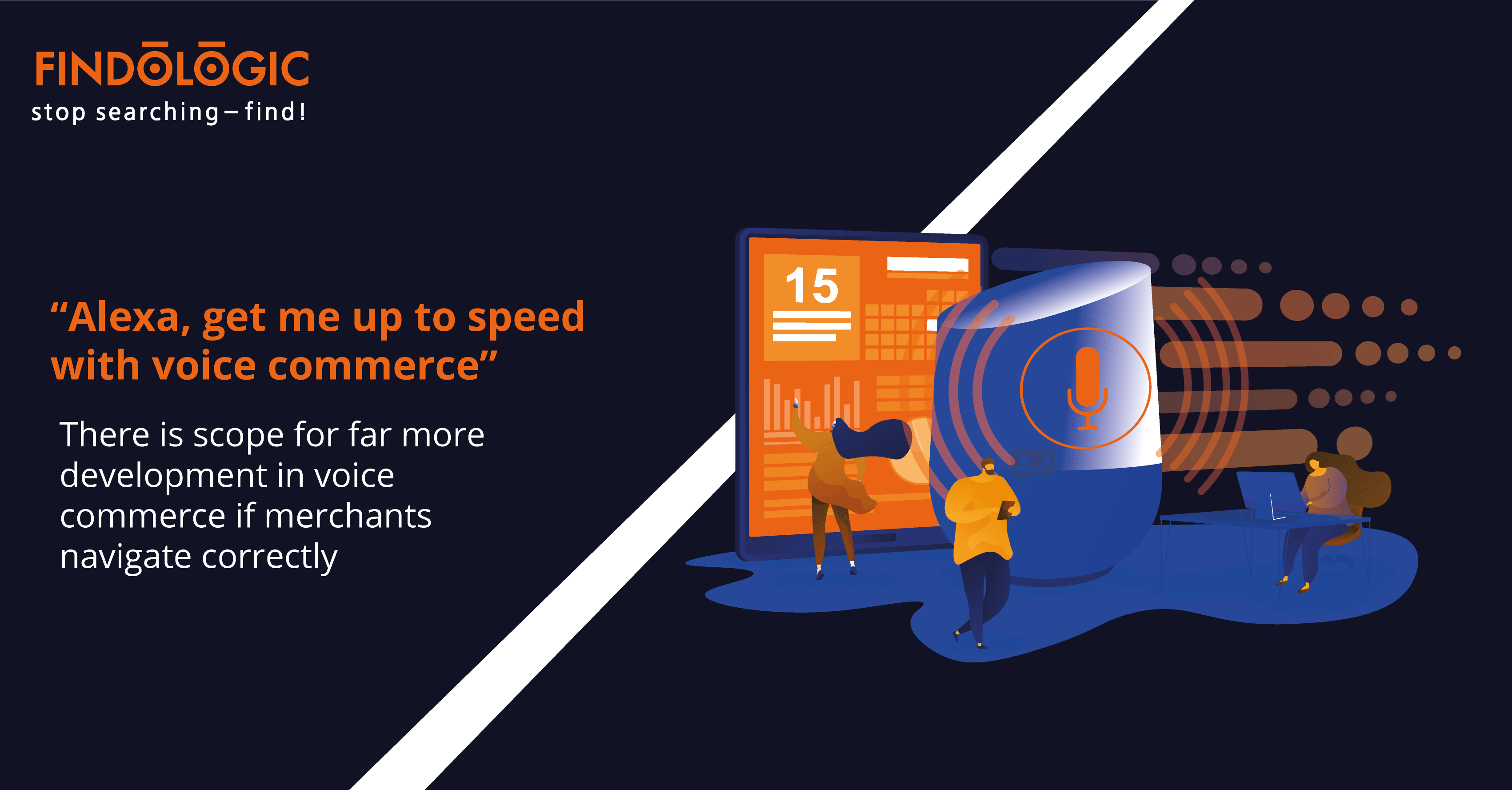
By 2030 it is expected that voice-assisted commerce will account for 30% of overall ecommerce sales. Online stores have been slow to fully adopt voice commerce, and it is very much in its infancy. So far, the most prevalent progressions in voice commerce are features such as a voice search option on-site, rather than manually submitting a search, however there is scope for far more development in the coming years.
What is voice-based ecommerce?
While voice recognition technology goes as far back as the 1960s, it wouldn’t be until 2011 and 2012 Siri would be available on iPhones, and Android would release their counterpart, respectively.
Voice technology might not be necessarily a new invention, but consumers are increasingly adopting it and retailers are becoming more and more accommodating to this trend. It’s safe to bet that voice commerce will surge over the next five years.
Voice commerce refers to using your voice to search for or purchase products online. All you need is to speak to your digital voice assistant.
To understand voice commerce, let’s look at its foundation: voice recognition technology.
Voice recognition technology allows devices to recognise your voice. It sounds simple, but it’s more complicated.
Voice recognition technology filters sounds into a readable format that it can translate. The technology then leverages inputs and algorithms to interpret what was said, and respond accordingly. As with many A.I. applications, it continually improves.
Devices such as smartphones and smart speakers use voice recognition to interpret questions, commands, and more.
Voice commerce does have some requirements in order to be truly frictionless:
It requires a device that has a voice assistant and allow it time to understand the user and learn to interpret their speech.
It’s also necessary to set up payment information in the user’s digital wallet for quick buying.
However, when everything is set up, voice commerce is truly effortless and presents many opportunities for businesses.
“Okay Google – what’s the best-reviewed gaming laptop?”
“Hey Alexa – give me running shoes at a discount?”
Voice commerce presents an infinite number of paths your shoppers can take. Customers don’t necessarily need to have a specific product in mind – just a problem they need a solution for, that they use voice command to get them from a to b. Voice commerce allows consumers to engage with a conversation with technology – and your business – to explore different products, services, and more.

Conversational commerce or chat commerce or conversational marketing is a way online retailers sell their products and services by conversation
How does voice commerce improve the shopping experience?
Customer experience is leading the ecommerce agenda, and convenience is at the heart of this. Consumers want fast, secure, and personalised shopping. Voice commerce offers all of these, and is becoming hot:
Convenience and Faster shopping journeys
Speaking is faster than typing. It only makes sense therefore that customers would use voice assistants where they can. It allows consumers to shop without having to put the rest of their life on pause.
All in all, voice commerce provides a smoother and smarter buying journey.
Creating more personalised shopping experiences.
Personalisation is everything to the consumer in today’s world of ecommerce. There’s no way of getting away from it. Voice commerce presents a more personalised experience because by design they get to understand the shopper they’re talking to. The ability to save order histories, provide an easy path to reorder, and quick recommendations makes for a better experience all around.
Make your products easily discoverable
Voice commerce also expands the reach of your products. Google’s voice search feature means that if your products are listed on Google Shopping, any consumer using voice shopping will be able to find them. This presents an excellent opportunity.
How can businesses take advantage of voice shopping?
Subscriptions and reordering
Reordering is one of the most common uses for voice commerce. The reason for this is that voice commerce already takes into account historical orders and provides a simple path for users to be able to reorder goods. Common examples include haircare products, supplements, food and beverage, and more.
Product recommendations
You can also use voice commerce for merchandising purposes. It gives you historical data and intel into your customer purchasing behavior, which allows you to push specific products that they will appreciate.
Voice commerce platforms can begin to understand their consumers’ preferences like dietary restrictions, past purchases, and more to make relevant product recommendations during a voice search.
Looking beyond on-site voice functionality
Slow product discovery is one of the top frustrations for ecommerce shoppers so there is vast potential to capitalise on voice commerce for its purchasing convenience, namely by ordering products directly through voice assistants rather than accessing the website first. The thing is, unlike Amazon, a majority of retailers do not have their own voice assistant platform or voice-enabled devices, so if merchants wish to spearhead the future of voice commerce and become truly voice accessible via the likes of Alexa or Google Assistant, they’ll have to enter into partnerships with these tech giants.
A few companies have already set a precedent. For example, Google and Walmart teamed up to offer Walmart’s customers voice-assisted grocery shopping. Walmart’s Voice Order feature works across all platforms that are powered by Google Assistant, including smartphones, smartwatches and Google’s smart speakers so that items can be ordered without even having to access the store.
What is the future of voice commerce?
Voice commerce might be somewhat new to the ecommerce space, but it’s growing rapidly, and expected reach a staggering $19.4 billion in 2023. If you haven’t already, it could be time to consider leveraging voice-activated shopping for your ecommerce store.
Considering new and historical barriers
These partnerships offer a huge opportunity to be one of the first to enter the voice-based market, and we are likely to see others follow suit as voice commerce evolves. However, it is likely that these partnerships will be somewhat restricted. Currently, these partnerships are exclusively in the United States, where demand for voice commerce is higher and there is a drive to progress with the technology. In fact, in the United States voice commerce is the fastest growing sales channel with the voice technology user base in the U.S. accounting for 42.7% of the population.
However it seems that in Europe, the European Union has already put a stake in the ground, with policies expected to follow in the coming years that might pose a barrier to uptake in the region.
The main concern is surrounding competition. Only a small number of major players control the voice assistance market, including Google, Amazon, Apple and Microsoft. Practices limit the possibility to use multiple voice assistants on a singular device (for example, Amazon’s Alexa will not utilise Apple’s Siri upon devices). This means that the owners of specific voice assistants have full control over user relationships, potentially impacting the discoverability and visibility of rival services.
It is also worth noting that uptake by customers may be slow. It is a lot harder for customers to trust the purchase of a product they can’t see, however there are ways voice assistants may be able to overcome this. Solutions that employ voice and visuals such as Amazon’s Echo Show provide a richer experience. That being said, connecting with shoppers on-site before purchase is likely to become a requisite for those retailers looking to cement sales.
In line with the lack of trust surrounding non-visual purchases, it is likely that we will see voice commerce most popular with repeat purchases – those that shoppers deem as low risk as they are confident with what they are spending their money on, for example groceries. In fact, based on analysis, the grocery product segment dominated in 2020, with more than 39% share. Despite shoppers looking for conveniences, those items that require a little more consideration and research are not likely to be purchased until a shopper has performed their due diligence.
Not all banks or financial institutions allow voice commerce purchases – largely down to the novelty of the technology. As well as this, there are concerns surrounding the reliability and safety of purchasing with voice commands. Furthermore, most voice commerce shoppers make low-value purchases.The seamlessness of voice commerce makes it seen as less secure – after all, passwords and verification methods aren’t generally used.
There’s still a way to go. Conversational AI is still an emerging technology, meaning it’s not completely intuitive to a lot of people. Every person’s speaking voice is unique, and machines may struggle to understand accents, slang, and other nuances. Developers have to continuously improve language features, to overcome this challenge.
Getting the ball rolling
Regardless, voice commerce is more than just the act of purchasing. There are a number of ways retailers can begin optimising for voice commerce in the buildup to purchase, by enhancing discoverability – think SEO for voice.
For example, optimising content to increase your chances of appearing in voice searches. This includes:
- Answer ‘Who’, ‘What’, ‘Where’ and ‘How’ Questions
- Optimise for long-tail queries
- User conversational language
- Account for regional dialects
- Anticipate questions
Another consideration is to add new skills on Alexa and Google devices. Alexa has hundreds of thousands of skills that have an answer to almost every question users ask. Now, retailers are able to add value and improve CX by installing their own skills onto well known voice assistants to provide more context and answer questions specific to their business.
Showing their commitment to drive voice commerce and its adoption by smaller retailers, in February, Amazon made public a developer tool called Alexa Conversations, which uses deep learning to make conversations flow naturally: This should open the door to smaller retailers to develop skills, who have previously been reluctant due to resources as rather than pre-program Alexa with a whole host of possible commands or questions that customers might ask, Conversations is able to learn broad categories of conversation.
A tipping point
Major players in the voice commerce space have made moves in the last year to drive this growing way of shopping forward, with retailers strategizing in line with these. As these initiatives solidify, it is likely that other regions, besides the United States, will follow suit and make more significant steps that demonstrate commitment to voice commerce. Until then, it is important for retailers to look beyond the standard on-site voice functionality and familiarise themselves with the scope of possibilities available directly through voice assistants so that they can hit the ground running when the rest of the world catches up to The States’ level of adoption.

Rachel is a Content Marketing Specialist, creating insightful materials on all things eCommerce, tech and Findologic that drive growth and awareness. Rachel has a wide understanding of the tech space, before joining Findologic, she produced content for global FinTech publications as well as working closely with industry leaders on a range of marketing initiatives.

